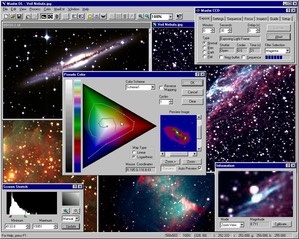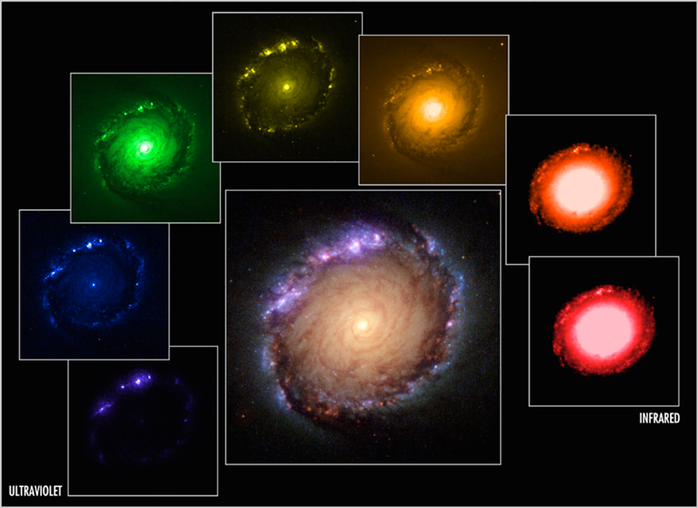
Learning Goals: The goal of this lab is for students to learn how to conduct basic image analysis using the program MaxIm DL, then apply those skills to do an analysis of their own observation images.
Suggested Observations: One or two images of a well-known astronomical objects such as those described in Introduction to Observing.
Challenge: Students will use the images they have requested and obtained using the Van Allen Observatory or Gemini telescope to answer a simple science question. The exercises in Part 1 - Part 3 will help to familiarize the students with Maxim DL, a powerful astronomical image analysis software package.
